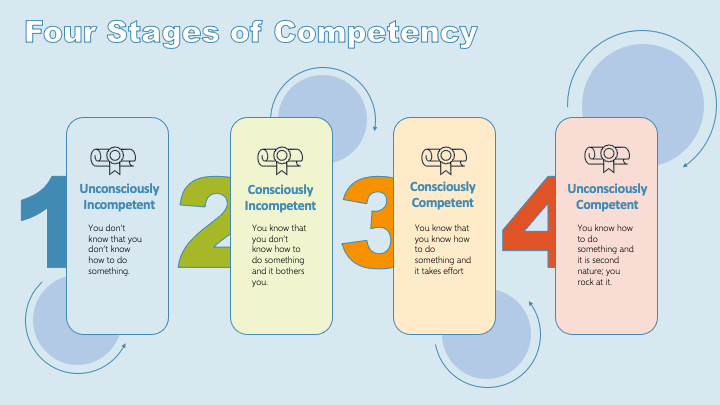Get WISER with Your AI Prompts - A guide for sales managers
Everyone’s wittering on about AI like it’s the second coming. But here’s the rub: if you give it half-baked prompts, you’ll get half-baked answers....
3 min read
 Sue Fell
29/06/2021 10:36:41 AM
Sue Fell
29/06/2021 10:36:41 AM

It has finally happened, my business case got the thumbs up, my stakeholders have all said yes, the decision to invest in some software to significantly improve the effectiveness of our marketing and sales teams has been made!
It is genuinely exciting......and actually, now I come to think of it, really quite scary. What do I do now, where do I start, how long have I got before the CFO wants to see a return on their investment?
Sounds familiar? Getting new software to deliver its promised gains is more than technical implementation and onboarding, its about taking the humans who will use it on a journey and getting them to change their behaviour and that equals a lot of hard work, done over many months.
It's a daunting experience - we know we take people through this process every day.
The team will go through 4 stages of competency as they progress through the onboarding process. It's totally natural. They may not be aware of these stages, but once they understand this process, the journey will become less overwhelming.


There are a few simple principles of change management that can be applied to smooth the journey from acquisition through implementation to success. Let's take a look at these.
If you and your team are aware of these points then your new software implementation and onboarding will run a lot more smoothly and you will be able to report on ROI to the Leadership team much quicker 😊
If you want to discuss your plans we'd be happy to chat. Book a time here.
Subscribe to our latest news and updates on HubSpot.

Everyone’s wittering on about AI like it’s the second coming. But here’s the rub: if you give it half-baked prompts, you’ll get half-baked answers....

The business world is falling head over heels for AI—and who can blame it? With promises to reduce grunt work, uncover insights, and turbocharge...

Search is evolving - fast. For two decades, SEO has revolved around Google’s algorithm: keywords, backlinks, metadata, and page speed. But with the...